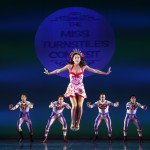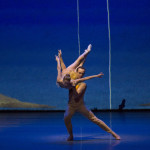Leigh Donlan reviewed the matinee on Saturday, 26th October, 2024, at Lincoln Center
Another broad and ambitious program from American Ballet Theatre wrapped this weekend with two classic pas de deux, two repeats from the Choreographers program, and the beloved The Kingdom of the Shades, which was most captivating; Isaac Hernández in particular was sensational in it. The phenomenal ABT dancers pulled off the challenging program as they revisited past repertoire glories and reminded us of the company’s distinguished history.
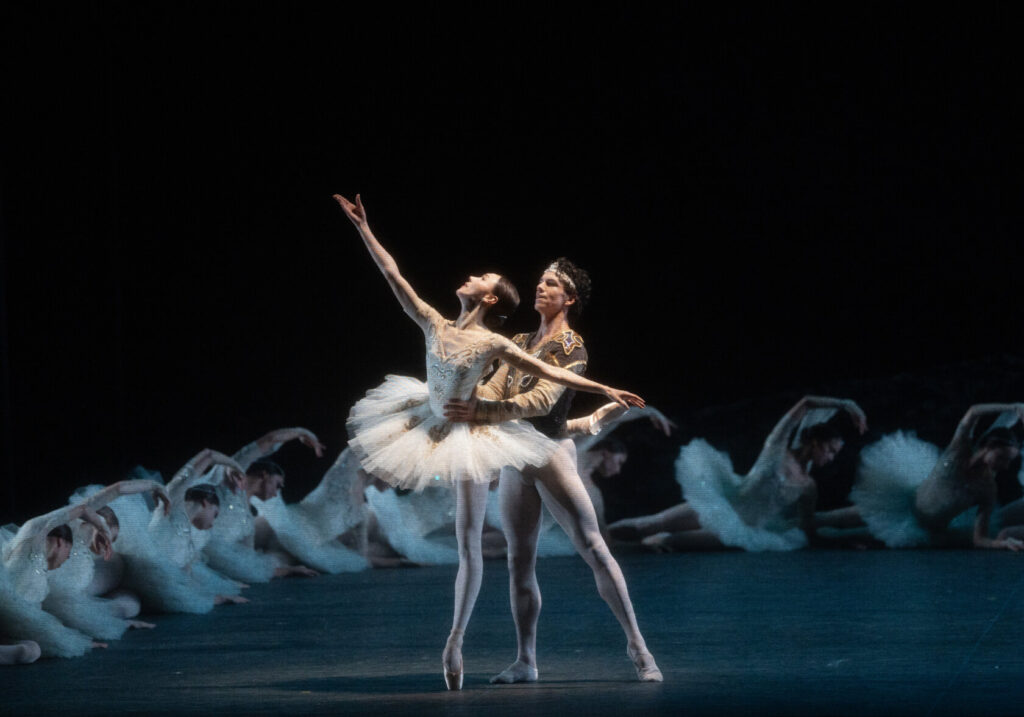
Natalia Makarova was the first choreographer to stage any part of La Bayadère in America, setting The Kingdom of the Shades (after Petipa) on ABT in 1974. Its legendary entrance is synonymous with ballet; 24 corp de ballet dancers practically hypnotized us with their grand ingress, a cloud of white tutus, floating penchés and cambrés, skillfully led by Rachel Richardson, and accompanied by the intoxicating Ludwig Minkus score – elegantly conducted by David LaMarche. Soloists Léa Fleytoux and Breanne Granlund delivered polished variations in their pas de trois with Fangqi Li, who was lovely but stiff in the upper back. The choreography requires all movement to be initiated from the center of the back, creating the languid, dreamlike motions. Hee Seo, a veteran principal, has mastered it, and was delicately ethereal throughout with generous port de bras and feathery soft landings. Also notable were the women’s hands which were softer and more rounded with a slight rolling of the wrists in accents – compared to the broken wrists and elongated fingers that we often see. Hernández’s emotional performance was truly spectacular, danced with impassioned virtuosity, and acknowledged by Seo at the curtain call, who graciously bestowed her post-performance bouquet on him.
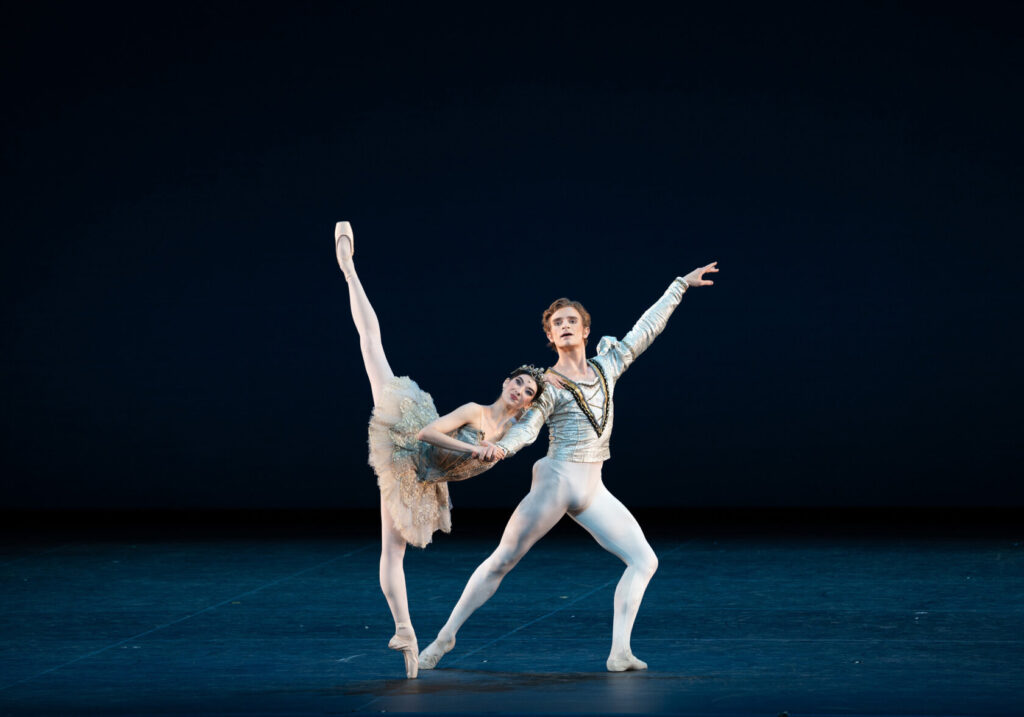
Whereas Seo and Hernández embodied an emotional connection and mutual reliance, Chloe Misseldine and Aran Bell were largely independent and empowered in the pas de deux from Balanchine’s Sylvia, created for City Ballet in 1950 and premiered by ABT in 1965. In a gorgeous, French-inspired blue-gray bell tutu (costumes by Santo Loquasto), Misseldine displayed her remarkable technique, notably her unsupported balances on pointe.
The lighthearted and playful pas de deux from Great Galloping Gottschalk (or The Dying Poet) had a natural ease to it, embodied by Sunmi Park and Calvin Royal III. You just had to overlook the dated costumes, comfortable no doubt, that resemble recital costumes from the eighties when Lynne Taylor-Corbett created the work on Susan Jaffe (now ABT’s artistic director) and Robert La Fosse. With a delightful score by composer-pianist Louis Moreau Gottschalk, this is a sentimental company favorite for many.
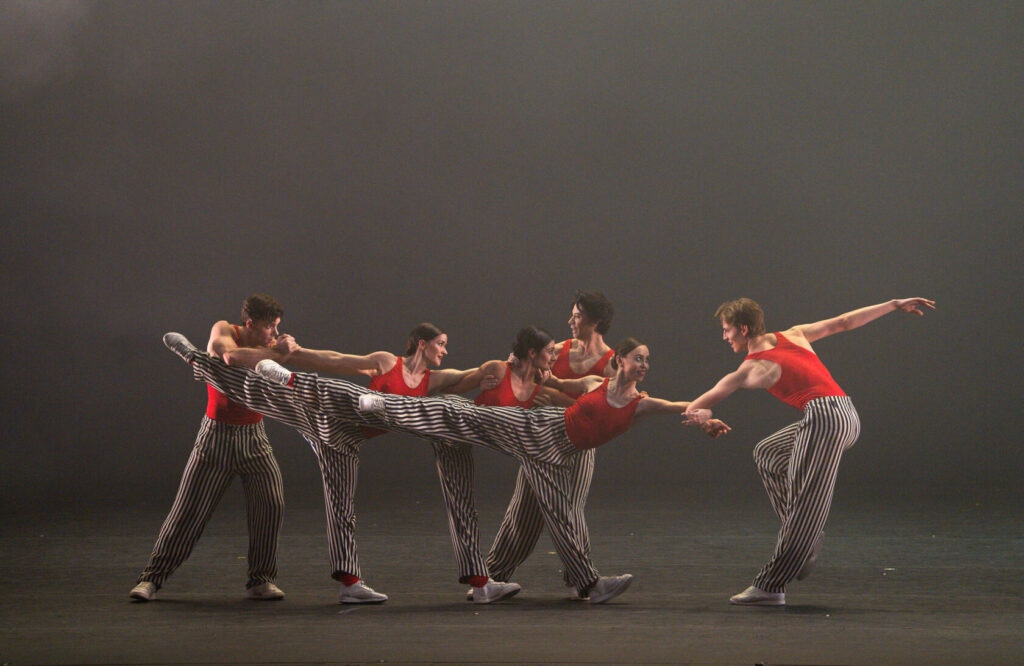
What a difference a cast makes! Saturday’s matinee of Twyla Tharp’s In the Upper Room brought a different energy. The overall experience felt revitalized compared to last week’s. Cassandra Trenary brought fire and tenacity to her Stomper role, exemplifying the emotional complexity and technical range this work demands. Jake Roxander, Duncan McIlwaine and Herman Cornejo also delivered robust, high voltage performances. It felt like there was more ownership of the piece and a consistent high-spiritedness all around. I still find the score wearying but taking it in the second time, I admired how the layered instruments, tempos and glorious aria voices progressively drove the dancers from industrious grind to salvation.
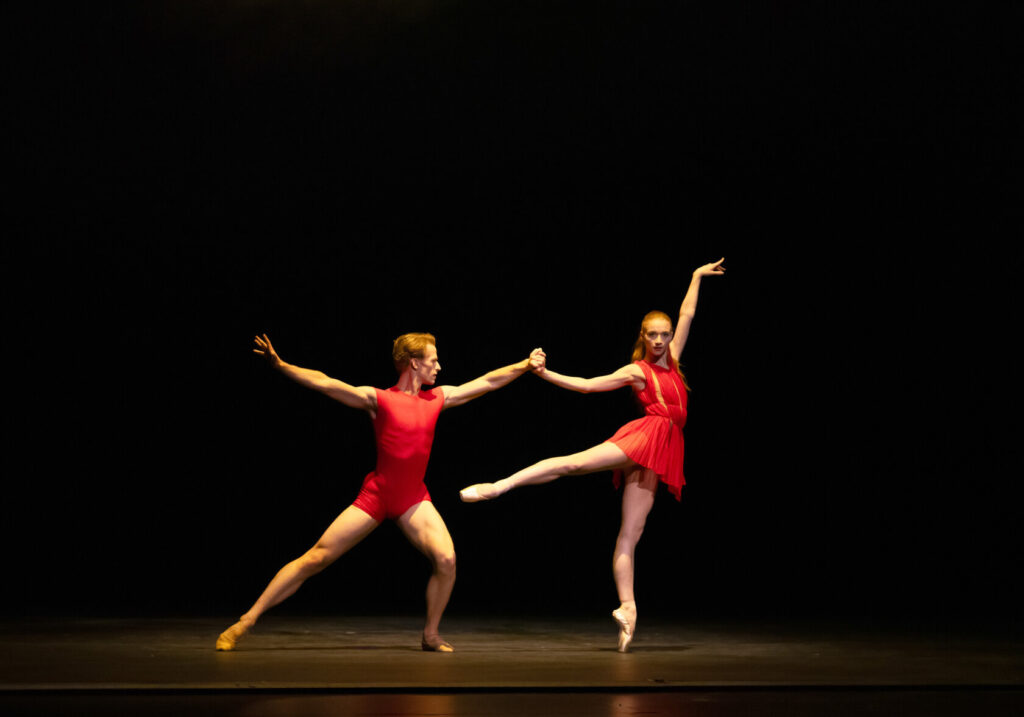
It was also my second look at Alexei Ratmansky’s Neo, this time with Catherine Hurlin. I was struck by her fearless abandon, sharpness and wit. Isabella Boylston was acclimated to the role and there was an established language between her and Jarod Curley. Hurlin brought a raw freshness and some edge. The work for me remains deeply human.
From an ambitious look back, American Ballet Theatre is now looking forward with the world premiere of Helen Pickett’s Crime and Punishment.

